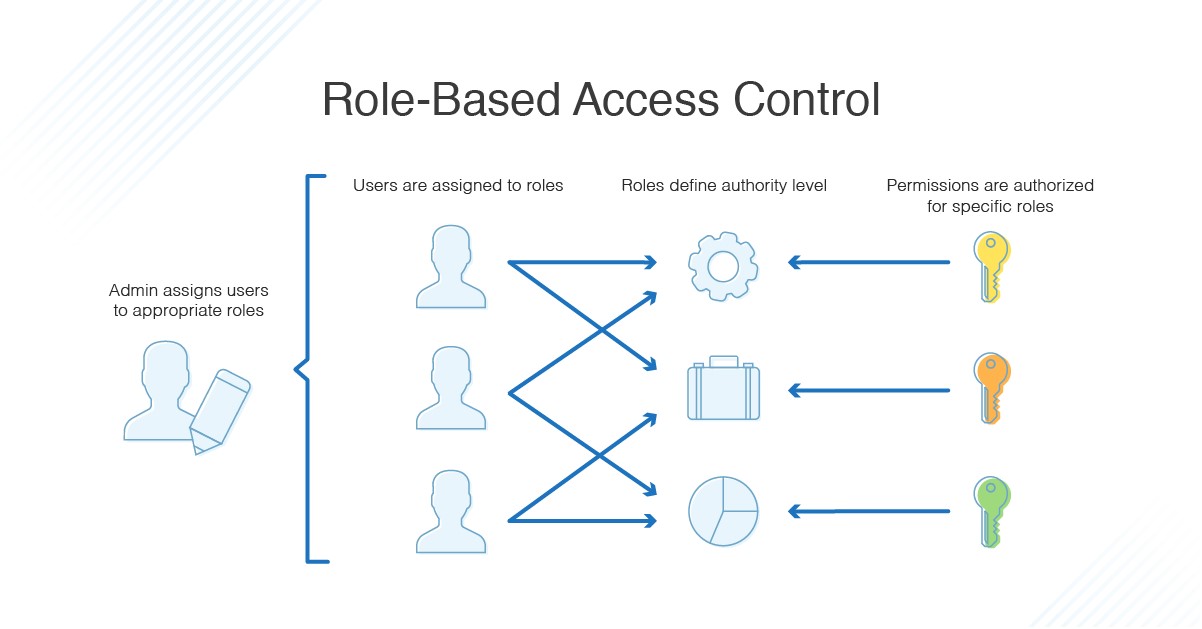1.10. Access Control #
Basic Elements #
Access Control has three basic elements:
- A Subject is an entity that is capable of accessing objects, such as users and applications
- An Object is a resource to which access is controlled, such as files and applications
- An Access right describes the way a subject may access an object, such as read, write, execute, delete, etc
Access Control Policies #
An access control policy determines how a subject can access an object and how the privileges are specified.
These include:
- Discretionary Access Control (DAC): Controls access based upon identity
- Mandatory Access Control (MAC): Controls access based upon security labels
- Role-based Access Control (RBAC): Controls access based on roles
Discretionary Access Control #
Access is granted at the discretion of the owner.
Can be represented as an Access Matrix, ACL, or C-List.
Access Matrix #
- One dimension contains subjects
- Other dimension lists the objects
- Each entry indicates the access rights of a particular object for a particular subject
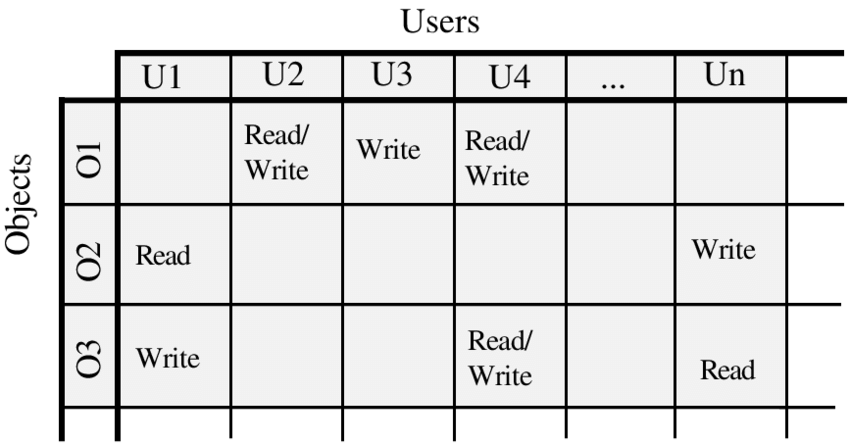
Access Control List (ACL) #
- Stores all the access rights to an object with the object
- Represents a column in the access control matrix
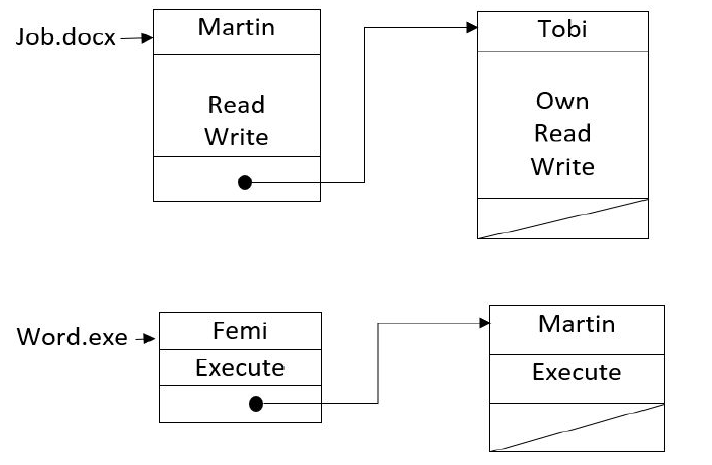
Capability List (CL or C-List) #
- Stores all the access rights to an object with the subject
- Represents a row in the access control matrix
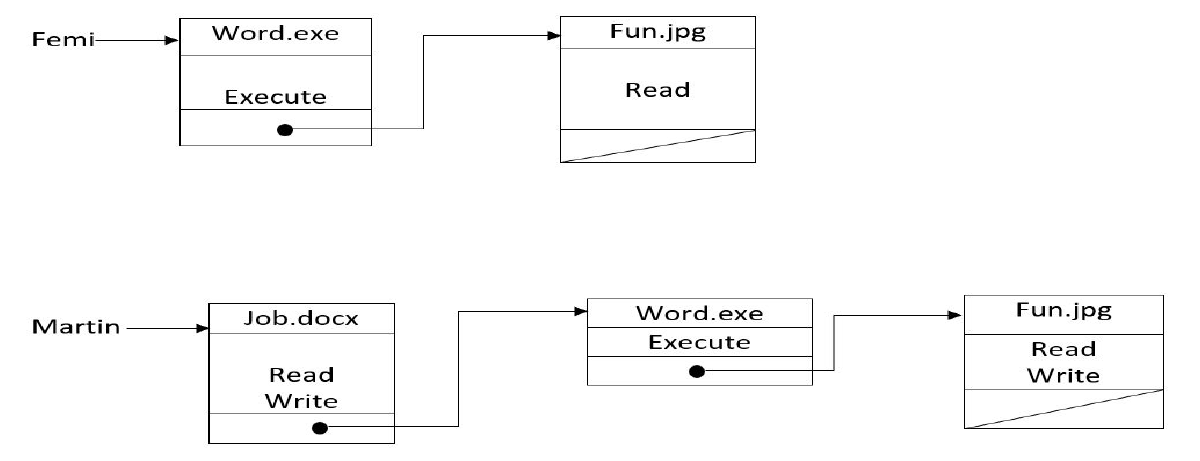
Mandatory Access Control #
There is less individiual freedom with a MAC, with the OS having overall control.
There are rules for defining how each subject can behave.
Uses sensitivity, or security, labels.
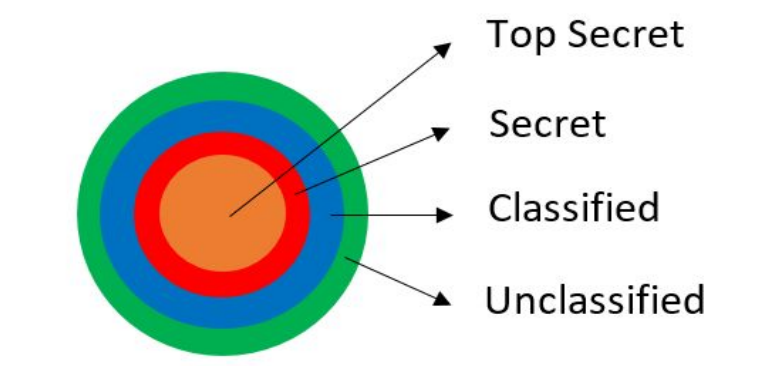
Bell LaPadula (BLP) Model #
- Simple Security: Subject S can read object O only if:
- Label S dominates label O
- Information can flow from label O to label S
- No read up
- * property: Subject can write object O only if:
- Label O dominates label S
- Information can flow from label S to label O
- No write down
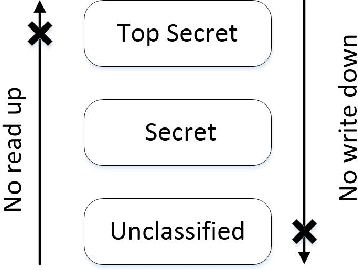
Role Based Access Control #
RBAC is a newer method of access control than MAC and DAC.
Sets of controls are centrally administered.
Permissions are assigned based upon roles, for example, a University would have different access for students and lecturers.
RBAC is useful for companies with high employee turnovers.
Roles vs Groups #
- Groups are a set of users, and roles are a set of users as well as permissions
- Roles can be activated and deactivated, wheresa groups cannot
- Permissions for a role can be enumerated
RBAC Relations #
- User-role assignment:
- A user can be a member of many roles
- Each role can have many users as members
- Permission-role assignment:
- A permission can be assigned to many roles
- Each role can have many permissions
